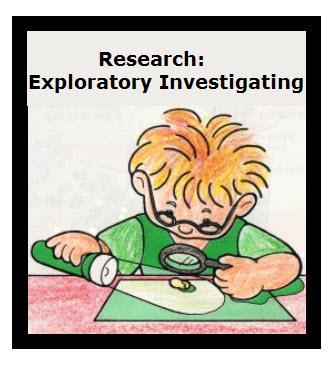The Scientific Method is any process used to identify problems and solve them.
The Scientific Method most often used for designing and developing science fair projects, follows this process:
Research, Identify a Problem, Express the problem as a testable question, give a testable hypothesis, investigate to test the hypothesis, collect data, analyze data, express a conclusion which compares the hypothesis with data analysis. Did your data support your hypothesis?
Project research is the process of collecting information from knowle dgeable sources, such as books, magazines, software, librarians, teachers, parents, scientists, or other professionals. It is also data collected from exploratory investigating, such as the learning more about beans by examining them.
dgeable sources, such as books, magazines, software, librarians, teachers, parents, scientists, or other professionals. It is also data collected from exploratory investigating, such as the learning more about beans by examining them.
Not only do exploratory experiments provide information about a topic, but the experiment procedure can provide ideas for your project experiment.
There are two basic kinds of research—primary and secondary.
Primary Research is information that you collect, such as when doing an exploratory experiment.
Secondary Research is information that others have recorded.Be sure to credit the source of secondary research.
Research should be recorded in your project log book.
For details, see Project Log Book.
The amount of research you do affects how successful you are in developing a science fair project. The more you read, experiment, and question people, the broader will be your understanding of your project topic. As a result, it will be easier for you to explain your projects to other people, especially science fair judges.
